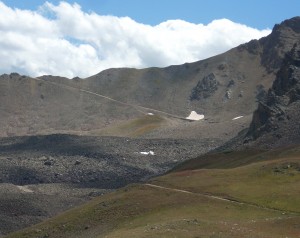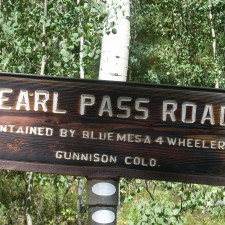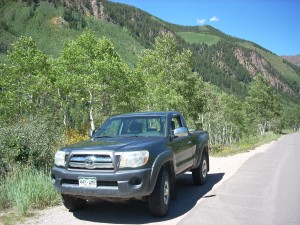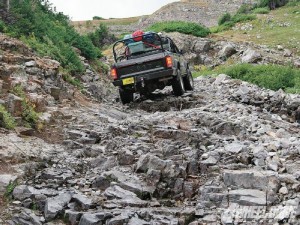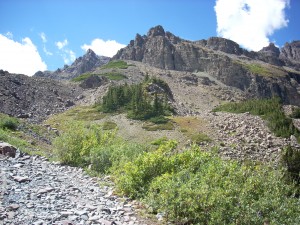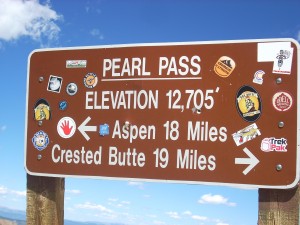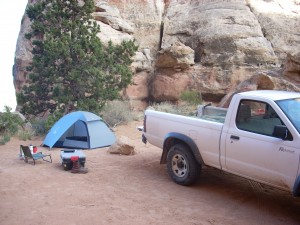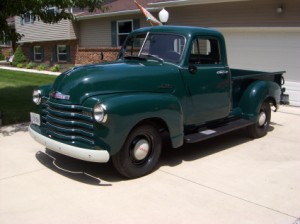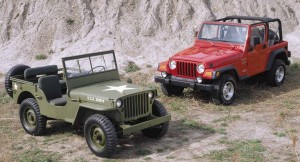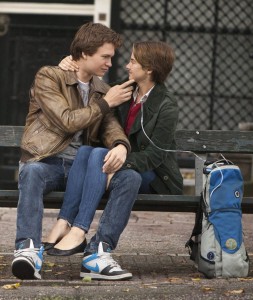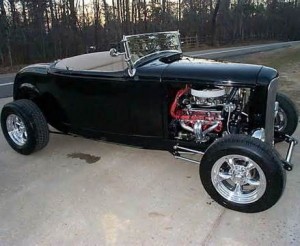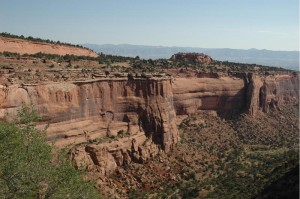Pearl Pass Part Two
In Part 1 I discussed the history of Pearl Pass and my family connection. I also covered the four wheel drive experience travelers have on the pass. I have been rambling around the Rocky Mountains most of my life. There is a lot of good country here. I am fortunate to have spent time in some of the Rockies from New Mexico to Alberta.
Some of the best pieces of mountain country are the Elk Mountains. I have not spent much time there because of Aspen. A Western Colorado native, for many years I harbored a prejudice against ski area development. Aspen is the ski town that started the Twentieth Century Gold Rush, this time mining tourist pockets. The place is just too rich for a small town boy. Over time I lost my bias, but still tended to avoid the Aspen area. I have never been to the Maroon Bells.
Living along the Front Range influenced not visiting the Roaring Fork Valley as it is a four hour drive to Aspen from Denver. Rocky Mountain National Park and the Collegiate Peaks are a lot closer. Recapturing my interest in my family history has drawn me to Pearl Pass. If Grandmother Pearl could drive a wagon over the pass in 1887, I should do it as well.
Pearl Pass has seen no change in the last 130 years. Between Aspen and Ashcroft the road is paved and there is development, but once on the four wheel drive road it is as it was. It goes between the Collegiate Peaks Wilderness and the Maroon Bells Snowmass Wilderness. Together, they harbor the largest cluster of 14,000 foot high peaks in North America.
That huge area of high mountain wilderness means wild. Pearl Pass is one of the wildest places I have ever visited. Up high, what you see is almost all above timberline. To the east, the mountains are granite, what I am familiar with in Colorado. To the west is sandstone. Layered sandstone, capped with basalt.
To me, that layered rock seems wild, out of place. It is gray, with a hint of red. When I see sandstone I expect red or tan. The view is so striking and beautiful I am at a loss for words. I have been trying for days to come up with a description that matches what I saw. The pictures will give you an idea, but cannot portray the impact of so much wild space with little human influence.
One reason for the view is because the Elk Mountains are west of the central Colorado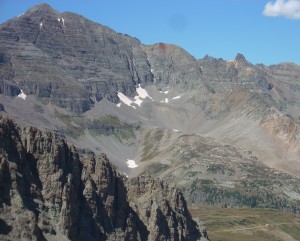 Mountains and get more moisture. The glacial cirques are huge, creating a series of basins surrounded by many high peaks 13,000- feet or higher. The pass itself is 12,700 feet high, surpassed by Mosquito Pass for example, but unsurpassed in sheer majesty.
Mountains and get more moisture. The glacial cirques are huge, creating a series of basins surrounded by many high peaks 13,000- feet or higher. The pass itself is 12,700 feet high, surpassed by Mosquito Pass for example, but unsurpassed in sheer majesty.
I am now committed to more exploration of the Elk Mountains. There are Taylor and Schofield Passes that are four wheel drive accessible. A winter drive to the Maroon Bells is on my list. I may even break down and get out and walk. My backpacking days are over, but there are lots of day hikes. Lots of people on the trails, but most of them are nice people. The high passes are for solitude.
